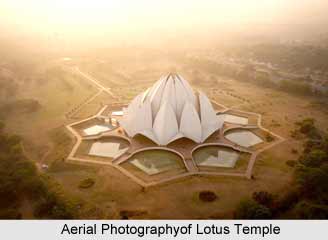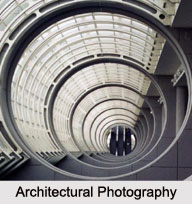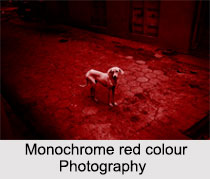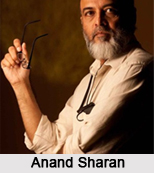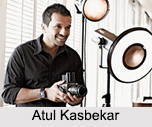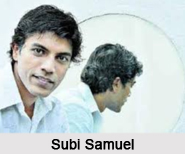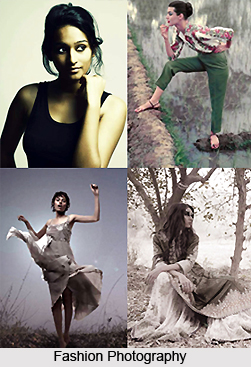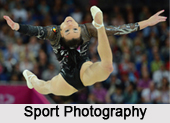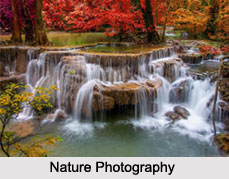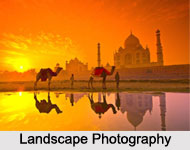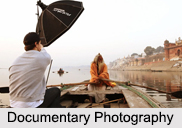 Documentary photography pursues a particular topic or story in-depth over time. Documentary photography is a type of professional photojournalism. Documentary photography is more about capturing the truth in the social scenario around us. It is also referred to as Candid photography as the moments captured are true and real. Documentary photography, to a certain extent, captures the real essence of the photographers mind. They depict a certain perspective of the mind of the photographer. These photographs are usually for exhibition in an art gallery or other public forum. Sometimes an organization or company will commission documentary photography of its activities, but the pictures will only be for its private archives.
Documentary photography pursues a particular topic or story in-depth over time. Documentary photography is a type of professional photojournalism. Documentary photography is more about capturing the truth in the social scenario around us. It is also referred to as Candid photography as the moments captured are true and real. Documentary photography, to a certain extent, captures the real essence of the photographers mind. They depict a certain perspective of the mind of the photographer. These photographs are usually for exhibition in an art gallery or other public forum. Sometimes an organization or company will commission documentary photography of its activities, but the pictures will only be for its private archives.
The challenge for a documentary photographer is to make pictures of sensitive scenes and moments without changing them by the presence of a camera. People should not pose for the camera or else it won"t be real. The resulting pictures - the subjects facing the camera and seen from "top to toe" are a vivid historical documentary photography archive, and have established the posed "straight up" as a valid style of documentary picture-making.
History of Documentary Photography
Photographers used its budding influence to representation of society"s evils. The term "Documentary" used in 1800s. Throughout the American Civil War in the 1850s, documentary photography became famous with distinguished photographers Mathew Brady, Alexander Gardner and Timothy O"Sullivan. They were the main contributors of this time capturing the dreadfulness of American Civil War. Documentary photography continued to grow popularity in the late 19th century. Soon after, during the "The Great Depression" era photographers documented both the urban and rural sufferings of people. Also through the pre and post World War, Robert Frank did the most famed documentary photography. His effort is recorded in the book named "The Americans". Eugene Smith from the U.S and Henry Carier Bresson from Europe are the two most famous documentary photographers. Others are being August Sander, Eugene Atget, Jacob Riis and the like. In India Raghubir Singh was one of the finest documentary photographers of the twentieth century. 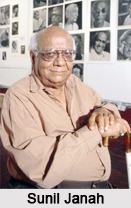
Social documentary photography
Social documentary photography is commonly an individual art and not all photographers in this category aim their images to give support to the improving the society. It is a type of documentary photography where the aim is to represent the public`s attention to ongoing social issues. It may also refer to a socially critical kind of photography which is dedicated to showing the life of disadvantaged or poor people.
Role of a Documentary Photographer
Documentary photographers generally work for newspapers, magazines, and book publishers and almost on a self-employed basis. Their role is to express a story in pictures. This may range from photographs from a war zone to a study of old age, or images of a landscape.
A Documentary photographer takes the pictures which reflect the truth of circumstances and communicate the emotions and meaning behind circumstances. A Documentary photographer should be sensitive in order to take natural pictures because many of the subjects may be experiencing misery or fear. A Documentary photographer works strongly with journalists and writers, regularly effective in partnership.
Career in Documentary Photography
The scenes of Indian Photography seem to be remarkably promising. It has innumerable branches to choose from along with the different courses and degrees for getting the skills. Photography can be treated both as an occupation and an art form. The economic returns are also not very reasonable in the beginning but there are many successful photographers in today. There are some diploma and certificate courses which can pursue to include technical specialisation. A documentary photographer can follow these courses along with the college. After the completion of the course, a photographer can get the job opportunity in various media sectors like - Add media, News media, Documentary firms, Magazines, Event management organizations, Theatre, Movies etc.
Educational qualifications for Advertising Photography Career
A photography degree from a trustworthy photography school, for example, is a superb way to start photography as a profession. Many institutes offer courses and degree programs for the interested people in photography careers as well. The documentary photography industry is very competitive and people who are interested in building a booming photography career will generally need some sort of formal education
Photography institutes in India
Photography is a wonderful medium of self-expression. With the blast of the communication network, Photography has now become a profession with huge business value. There are so many certificate and diploma courses in photography in India. Beside these, very few colleges offer the bachelor degree in fine arts and photography. Some of the institutes of Photography are as follows:
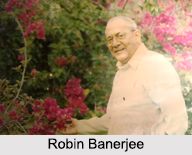
•Asian Academy of film and television.
•National Institute of Photography Mumbai: They offer all kind of courses from crash course to advance course.
•Centre for Research in Art of Film & Television (CRAFT), Delhi.
•New York Film Academy, Greater Noida.
•The Indian Institute of Digital Art and Animation, Kolkata.
•International school of photography.
•Film and Television Institute of India.
•Fergussen College.
•MCRC, Jamia Millia Islamia.
•National Institute of Design.
•Satyajit Ray Film and Television Institute.
•St. Xavier"s Institute of Communication.
•The Film and TV Institute of Tamil Nadu.
Popular Documentary Photographers
Documentary photographers provide a clear-cut and correct depiction of people, places, objects and events. Some of the popular Documentary Photographers are Dayanita Singh whose works are a series of mobile museums which let her images to be continuously edited, sequenced, archived and displayed. She has created numerous "book-objects" works which are simultaneously books, art objects, exhibitions, and catalogues. Raghubir Singh was a self-taught photographer who worked in India and lived in Paris, London and New York. Throughout his career, he worked with National Geographic Magazine, The New York Times, The New Yorker and Time. He was one of the first photographers to reinvent the use of colour at a time when colour photography was a secondary art form. Arko Datta is an award-winning photographer who was recognised for his photographs of the Gujarat riots, representing the troubles of victims in the Gujarat riots. Robin Banerjee was a noted wildlife expert, environmentalist, painter, documentary photographer and documentary filmmaker who were awarded with the Padmashri. Sunil Janah was an Indian photojournalist and documentary photographer who is internationally acclaimed for documenting India`s independence movement, its peasant and labour movements, famines and riots, rural and tribal life with the years of rapid urbanization and industrialization.
Documentary photography has risen in recent times because of the rapid growth of the media. The rapid growth of documentary photography represents strong forces at work with a strong creative impulse to bring out the truth to the world. A documentary photograph says so much about the period it was taken in, the background, the prevailing conditions during that time. One has to analyze the picture carefully to gain a complete understanding of all this. These photographs serve as a record of social and political situations with the aim of conveying information.





